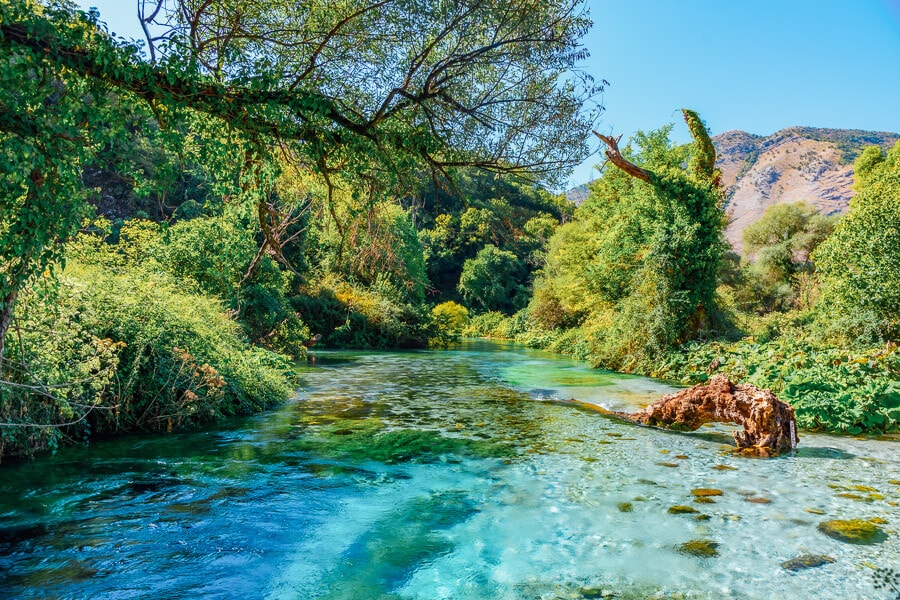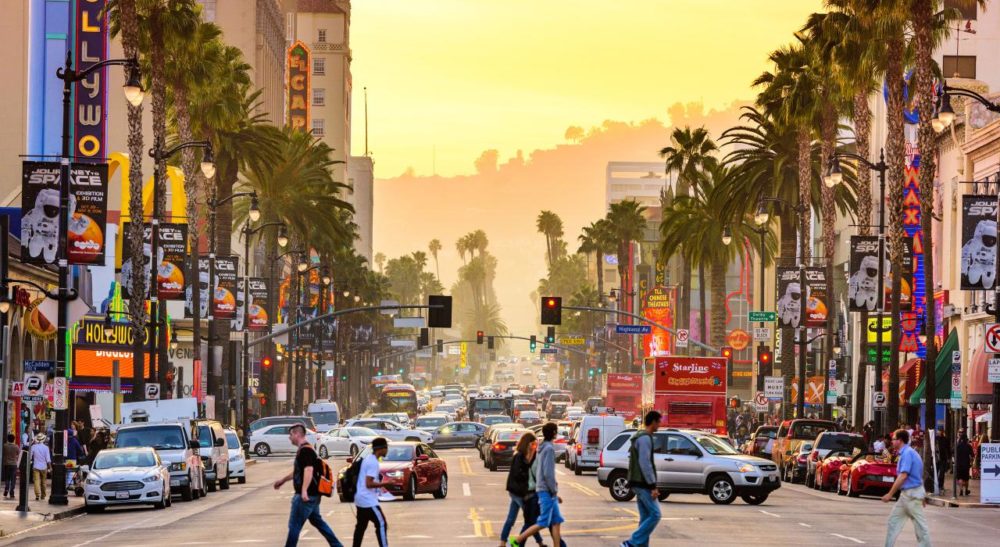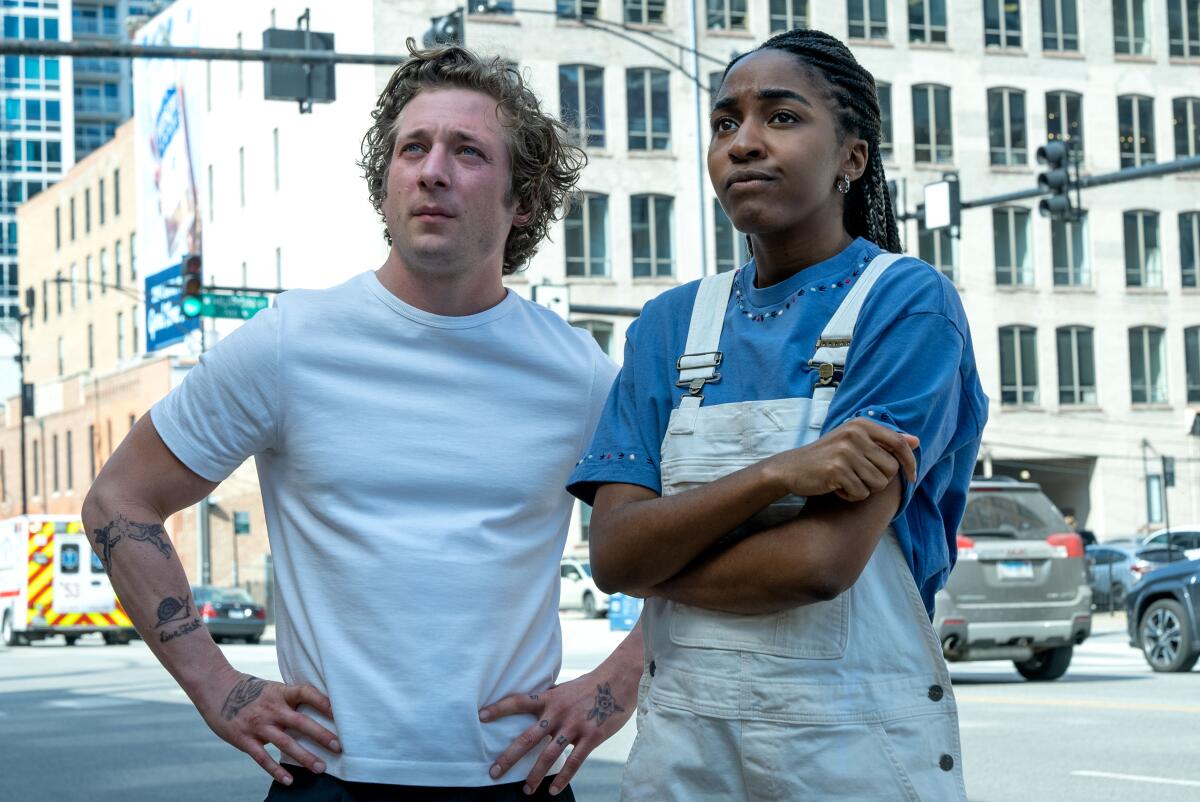Zagreb is a city with several faces – a fusion of central European and Mediterranean lifestyles and mentality, overshadowed in the past by spectacular Dubrovnik and Split. Zagreb has come of age now as a vibrant city packed with old world charm, pleasantly clean and green, nature on the doorstep with lovely national parks and mountains, boasting plenty of big city cultural attractions too.
The Croatian capital literally bursts with culture, from traditional museums and art institutions to a fine concert hall whose prices for opera and concerts are a fraction of those further west. More unusual attractions include the museum of Broken Relationships about failed romance, a museum of the 80’s providing a keyhole to life in the old Socialist Yugoslavia and a strange museum of illusions.
Festivals are held year round and Zagreb also hosts a large attractive Christmas market. A Zagreb visitor Card (www.zagrebcard.com) gives free travel on the tram and bus network and includes free entrance to some museums with discounts on others and in restaurants, shops etc., Compact and well laid out, with two old towns, it’s the perfect walking city where you can just stroll through picturesque streets at will, cross leafy parks and squares, discovering one of a kind design studios and shops of handcrafted ceramics and quirky fashion. The restaurant scene is ever blossoming and Croatian wines have also come of age, widely praised and drunk though heavy government tax means wine is much more expensive in restaurants than local beer.
Among central Europe’s less well known cities Zagreb is affordable, safe and an increasingly popular short break destination since Croatia Airlines introduced new flights from Ireland.
 On first acquaintance I am struck by how clean and litter free Zagreb is compared with other European cities. A vigorous street cleaning policy keeps it pristine and citizens who pay high city taxes seem full of civic pride. Its buildings are well preserved too and surprisingly many survived the war of the early nineties intact though outside the city you will find quite a few ruins peppered with bullet holes.
On first acquaintance I am struck by how clean and litter free Zagreb is compared with other European cities. A vigorous street cleaning policy keeps it pristine and citizens who pay high city taxes seem full of civic pride. Its buildings are well preserved too and surprisingly many survived the war of the early nineties intact though outside the city you will find quite a few ruins peppered with bullet holes.
Strolling past the main Jelacic Square onto Tkalciceva street which teams with busy bars and cafes you are immediately conscious of Zagreb’s youthfulness. Many of those enjoying their city’s famed coffee culture – there are some 4,500 cafes where you can sit and watch the world go by – were not yet born when their city came under Serb attack and cluster bombs fell back in the 1990s.
 The youngest member of the EU ,Croatia enjoys warm summers and cold winters. The jewel in its crown Dubrovnik (with flights operating from Cork) and the stunning island dotted Istrian and Dalmatian coastlines are among Europe’s top holiday spots whilst Zagreb is ever growing in popularity, especially so for two centre holidays.
The youngest member of the EU ,Croatia enjoys warm summers and cold winters. The jewel in its crown Dubrovnik (with flights operating from Cork) and the stunning island dotted Istrian and Dalmatian coastlines are among Europe’s top holiday spots whilst Zagreb is ever growing in popularity, especially so for two centre holidays.
We start our exploration wandering around the stalls of Dolac farmers market close to Austro-Hungarian styled Jelacic Square,and witnessing the daily firing of a cannon at Lotrscak Tower on the stroke of midday. Gornji Grad Upper town is a delight to wander through and we watch a wedding party pose for photos at St Mark’s Square in the heart of the Upper town. After visiting the strange Museum of Broken Relationships we drop in for lunch next door to excellent reasonably priced Brokenships Bistro (www.brokenshipsbistro.com)Sv. Cirila i Metoda 2 where you can order half portions instead of the generously sized plates of food served universally in Croatia. Look forward to a two course lunch with wine for around €15.
Zagreb is within easy day-trip distance of many places of natural beauty and cultural heritage and the Adriatic Sea is just a couple of hours away. But avoid this route in high summer at all costs as it takes a huge volume of traffic travelling from Germany, Hungary and further afield.
One of the world’s wonders which is accessed by daily tours from Zagreb, spectacular Plitvice Lakes has 16 plus lakes and 90 waterfalls. A top attraction, prepare for queues and shuffling at a snail’s pace over the 4 km of boardwalks and narrow paths.
 Heading northwards into the Zagorje region (www.visitzagorje.hr) Kumrovec an open air museum brings architectural styles, customs and crafts nicely together. Josip Broz Tito, Yugoslavia’s long-time dictator was born in a humble cottage here, marked by a bronze statue.
Heading northwards into the Zagorje region (www.visitzagorje.hr) Kumrovec an open air museum brings architectural styles, customs and crafts nicely together. Josip Broz Tito, Yugoslavia’s long-time dictator was born in a humble cottage here, marked by a bronze statue.
Central Croatia has been inhabited ever since prehistoric times. Krapina Neanderthal Museum, less than an hour’s drive from Zagreb is close to excavations which unearthed evidence of cave dwellers. The museum, built in a cave like setting, carries visitors in a time machine through many skilfully presented theories and exhibits illustrating the evolution of man. Children will enjoy this fabulous museum (www.krapina-mkn.com)as much as the adults.
Child friendly Thermae Tuhelj (www.terme-tuhelj.hr) the largest bathing resort and wellness centre in Croatia, where we spend a night, is also in the area. A nearby attraction at Krapinske Toplice the interesting Heli Centre (www.heli-center.com) combines a real life helicopter training centre, using cutting-edge simulator technology with a tourism attraction where young and old can take the controls of a Mi-8 heli.
Ed from Travel Times is the co-pilot and I am the technician in the jump seat! Robert, a senior flight instructor crossing countries and oceans to land on a Russian air craft carrier, enjoying authentic views on this realistic flight experience. The 15 minute flight adventure costs €50 but the thrills compensate a bit for the steep price of a simulated flight.
One of the most famous of Croatia’s many scenic castles, magnificent UNESCO world heritage site Veliki Tabor (www.veliki-tabor.hr) near Krapina is that perfect Game of Thrones location, best known for the legend of Veronika Desinic who met her death walled up in the dungeon as punishment for forbidden love.
 We drown our sorrows afterwards at award winning hillside restaurant Vuglec Breg, tucked away among vineyards and copses, surrounded by fairy tale like beautiful cottages for rental (www.vuglec-breg.hr). The romantic restaurant, usually booked out because of its wonderful setting and great food, showcases the best of Zagorje farm to table cuisine including Stubica pork roast and free range turkey accompanied by wheat noodles called Mlinci.. The locally produced wine is excellent so we buy a few inexpensive bottles together with locally produced Acacia honey to take home.
We drown our sorrows afterwards at award winning hillside restaurant Vuglec Breg, tucked away among vineyards and copses, surrounded by fairy tale like beautiful cottages for rental (www.vuglec-breg.hr). The romantic restaurant, usually booked out because of its wonderful setting and great food, showcases the best of Zagorje farm to table cuisine including Stubica pork roast and free range turkey accompanied by wheat noodles called Mlinci.. The locally produced wine is excellent so we buy a few inexpensive bottles together with locally produced Acacia honey to take home.
Zagorje, known as the ‘green door’ of Croatia created a wonderful end to any meal. Zagorski Strukli is a regional variation of the national desert of crispy pastry rolls, filled with cottage cheese, mixed with sour cream and egg. Our charismatic host Sinisa, sommelier and restaurant manager at Vuglec Breg drizzles honey over the Strukli . Glasses of fiery Peach schnapps called Viljamovka will wash it down nicely, he insists and nobody needs convincing.
Penance for our gluttony beckons afterwards at Croatia’s best known Marian Shrine where we join a group of Polish middle aged women who are praying loudly and singing hymns. The Marija Bistrica is beloved of penitents and pilgrims from all over the country and also from abroad.ir flights on Dublin-Zagreb route from two to three a week due to increased demand, flying on Tuesdays, Thursdays and Sundays. Fares from €189 return. See www.croatiaairlines.com and also Croatian holiday specialist www.croatia.ie who tailor make trips all over the country; For Zagreb see www.infozagreb.hr and tourism information on all regions of the country at www.croatia.hr and in Ireland, www.croatia.ie. Explore the world like never before with our detailed travel guide for Zagreb, City of Croatia – your one-stop-shop for all your travel needs!







